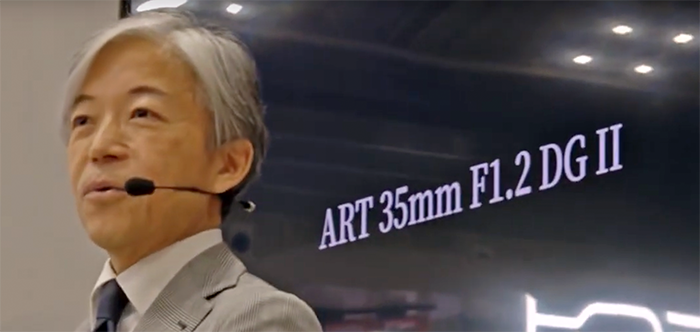How the Lumix S1HII specs should be to win over Canon-Sony-Nikon shooters: 33MP, global shutter, BRAW…

Panasonic is in a market situation where they cannot “play it safe” to win over Canon-Sony-Nikon photographers. They cannot afford to think “incrementally”, as Sony did with the introduction of the Sony A1II, for example. With the future S1HII, they have to do everything they can to make this camera as good as possible.
To ensure the Lumix S1HII competes effectively in the high-end hybrid and cinema camera market, Panasonic needs to prioritize the following features to match or surpass its competitors:
Sensor and Image Quality
1.High-Resolution Sensor:
- At least 33MP full-frame sensor offering flexibility for stills and video.
- Dual Native ISO to maintain excellent dynamic range and low-light performance.
- Possibly offer a global shutter (like the Sony A9III). or rolling shutter reduction for smoother motion capture.
2.Color Science:
- Improved color reproduction for skin tones, matching or exceeding Canon’s reputation for cinematic color.
3.Dynamic Range:
- Target 15+ stops of dynamic range for HDR workflows.
4.Improved Autofocus:
- Phase-detect autofocus (already implemented in newer Lumix models like the S5II) for reliable subject tracking, even in low light.
Video Capabilities
1.Resolution and Frame Rates:
- 8K 60p recording with minimal overheating.
- 6K ProRes RAW internal support for easier workflows.
- 4K 120p with no crop for slow-motion enthusiasts.
- Offer 12-bit internal video recording options.
2.Codecs and Compression:
- Support for ProRes, ProRes RAW, BRAW, and H.265 for flexibility in post-production.
3.Anamorphic Support:
- Enhanced anamorphic recording modes with better de-squeeze previews and stabilization tailored for anamorphic lenses.
4.Heat Management:
- Advanced active cooling to allow unlimited recording times without overheating issues.
Stabilization and Handling
1.Improved IBIS:
- 7.5+ stops of in-body image stabilization, optimized for video with enhanced “Boost IS” for handheld work.
- Support for horizon leveling to compete with Blackmagic and Canon’s stabilization systems.
2.Body Design:
- Weather-sealed, magnesium alloy body.
- Compact and lighter than the S1H to remain competitive with the likes of the Sony A7S series.
3.Fully Articulating Screen:
- A bright, high-resolution touchscreen, ideal for vlogging and angled shots.
Connectivity
1.Professional Ports:
- Full-size HDMI for reliable external monitoring.
- Dual XLR audio input module support for professional audio capture.
- USB-C with Power Delivery for continuous power options.
2.Networking and Remote Options:
- Built-in Wi-Fi 6E and Bluetooth 5.3 for seamless wireless tethering and control.
- Support for Ethernet for live streaming and remote shooting workflows.
3.Dual Card Slots:
- CFexpress Type B and SD UHS-II slots to ensure high-speed recording and compatibility.
Usability Features
1.Menu System:
- Improved, intuitive menu system with better touch and control functionality, rivaling Sony’s revamped menus.
2.Custom Buttons and Dials:
- Customizable physical controls, including direct access to frame rate, resolution, and other key video settings.
3.Battery Life:
- Optimized power consumption for extended shooting times, possibly with support for V-mount adapters.
Competitive Pricing
- The Lumix S1HII should be priced between $3,500–$4,500, undercutting competitors like the Canon EOS R5C and Sony FX3 while delivering comparable or superior features.
Additional Unique Selling Points
1.LUT Previews and Integration:
- Real-time LUT previews and the ability to bake LUTs directly into footage.
2.Multicam Support:
- Enhanced multicam support with timecode sync options for studio or live event setups.
3.RAW Video Updates:
- Built-in support for RAW video formats, eliminating the need for external recorders in some workflows.
By addressing these areas, the Lumix S1HII would stand a strong chance of competing with or even surpassing its primary rivals in the hybrid and cinema camera markets. What do you think about that?



